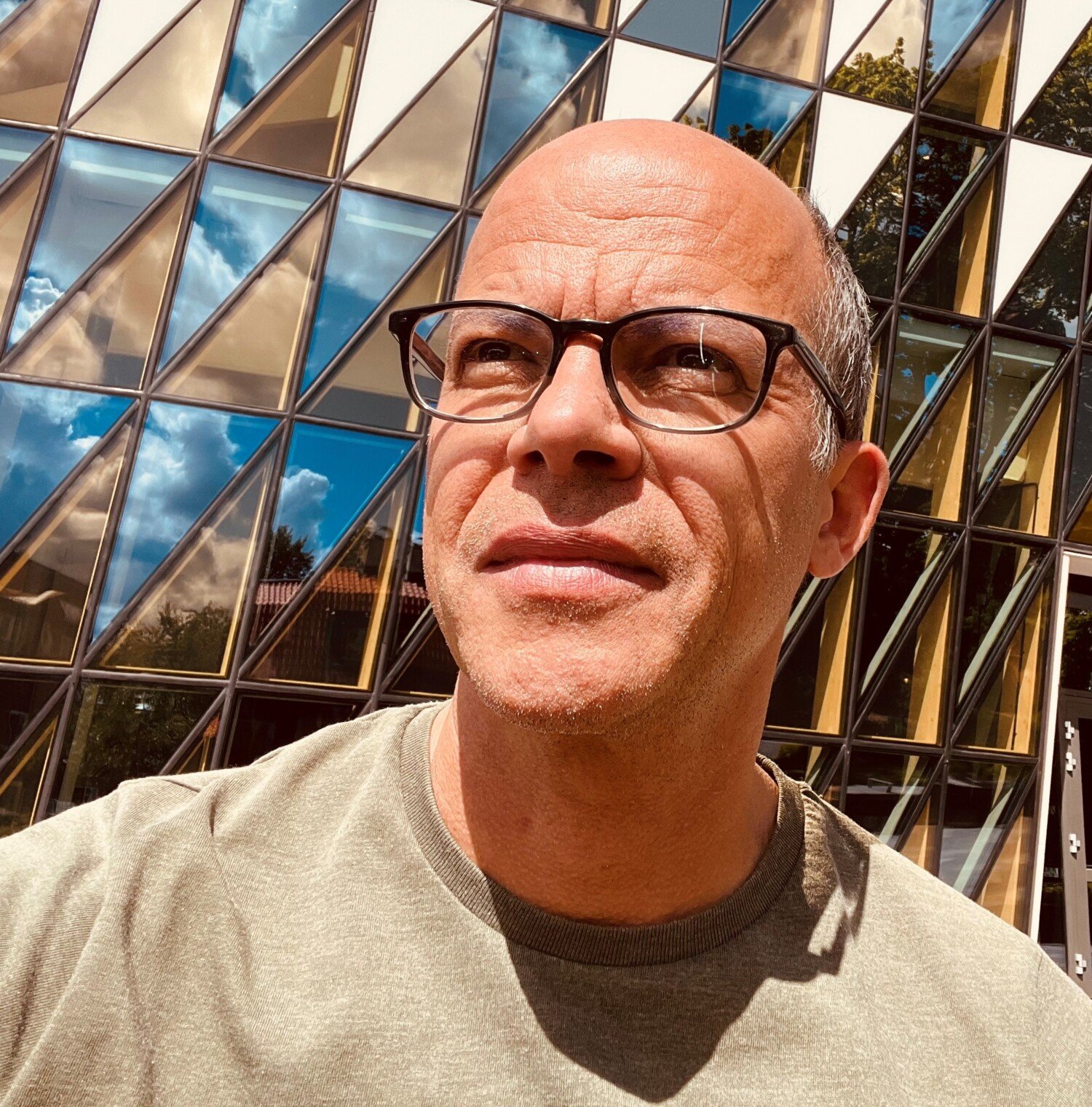This year’s Nobel prizes in Chemistry and Physics equally valuable to life science

The 2025 Nobel prizes in Chemistry and Physics both have medical implications. While the former rewards versatile molecular frameworks able to combine treatment and diagnosis, the latter concerns discoveries that can provide tools like quantum computers and quantum sensors. Applications in health and life science are being explored at a national collaboration centre based at Karolinska Institutet.
“The Nobel Prize in physics rewards discoveries in the field of quantum mechanics, which offers major advances in the health and life science fields,” says Ebba Carbonnier, director of the Swedish Quantum Life Science Centre, which is based at Karolinska Institutet.
She continues: “It has laid the foundations for superconducting quantum computers, the computational capacity of which we hope can be used to model complex biomolecules and expedite the development of medical products and diagnostics, and contribute to the further development of quantum sensors, which can measure biological signals with a sensitivity way beyond our current devices.”
The prize is awarded to John Clarke, Michel Devoret and John Martinis for their discoveries concerning particular quantum mechanical phenomena in electric circuits.
40 areas of application in life science
Ebba Carbonnier met laureate John Martinis at a Swedish Quantum Life Science conference in 2021.

“John Martinis is as brilliant as he is unassuming – a researcher who has genuinely manged to combine theory and engineering,” she says. “The recognition of this discovery by the Nobel committee also shows how important quantum mechanics has become, not just for quantum technologies themselves but for society as a whole and the development of applications in health and life science. It’s fantastic news and very well-deserved!”
Karolinska Institutet recently hosted the fifth anniversary of the Nordic Quantum Life Science Roundtable, where delegates identified and developed over 40 areas of application for quantum technologies in health and life science.
One of the research projects underway at Karolinska Institutet on how quantum sensors can be used involves the development of non-invasive sensors for measuring the weak magnetic fields that are formed when individual brain neurons are activated.
“The goal is to see exactly where in the brain an epileptic episode originates so that surgeon can remove the tiny area without damaging the surrounding tissue,” says Carbonnier.
Capturing carbon dioxide or delivering drugs
There are also medical applications for this year’s Nobel Prize in Chemistry, which rewards the development of metal-organic frameworks, ingenious molecular structures of enormous potential. The prize is shared by Susumu Kitagawa, Richard Robson and Omar Yaghi.
Metal-organic frameworks (MOFs) can be described as molecular structures with large cavities that can be used for the capture, storage and release of other molecules.
These frameworks can be tailored to different substances and applications with an alteration of their architecture, which makes them exceptionally versatile. For example, MOFs have been used to harvest water from desert air and to trap carbon dioxide.
Medically, they are primarily of use in theranostics platforms, which are materials that combine drug delivery and diagnostics, explains Bengt Fadeel, professor of medical inflammation research at the Institute of Environmental Medicine, Karolinska Institutet.

“Thanks to their porosity, MOFs can be used to deliver, say, cancer drugs while their metal ions allow them to serve as contrasting agents for detecting tumours,” says Professor Fadeel, who has himself studied the biological effects of many kinds of nanomaterial, although not specifically MOFs.
He stresses, however, that the research is preclinical and thus still in its cell and animal experimentation phase:
“What we have to do now is understand and minimise the harmful effects of MOFs on normal healthy tissue while optimising the material’s ability to destroy cancer cells. That I’d say is one of the greatest obstacles to their future clinical application.”
Text: Sara Nilsson
Translation: Neil Betteridge
